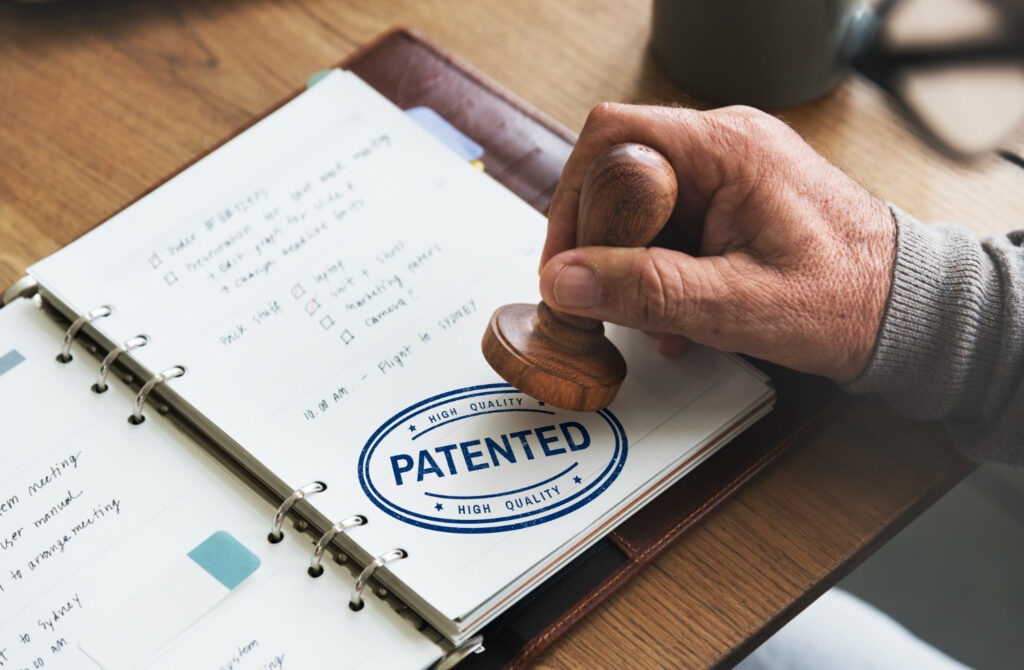- 311, 3rd Floor, B-10 & 11, Chanakya Complex, Laxmi Nagar, Delhi-110092
- 97738 98252
- info@enrollkaro.com
You should simply finish our straightforward structure and give your essential data which will be expected while petitioning for patent enrollment to get a patent.
Subsequent to getting all reports from your side, we will lead a patentability look for you.
Based on your fundamental data and reports, we will draft your patent application.
After the last audit, we will document the patent application with the Indian patent office.
Subsequent to presenting every one of the reports and patent applications, we will email you the affirmation with respect to something very similar.
Patent Registration is the process of obtaining legal protection for an invention, granting the inventor exclusive rights to make, use, sell, and license the invention for a specified period. This protection helps prevent others from exploiting the invention without permission.

Renewal Fees: Pay periodic maintenance fees to keep the patent in force and prevent it from expiring.
Provides the inventor with exclusive rights to the invention, preventing others from making, using, selling, or licensing it without permission.
Grants a competitive advantage by securing intellectual property and distinguishing the invention from competitors’ products.
Facilitates licensing and commercialization opportunities, allowing inventors to monetize their inventions through agreements with other parties.
Offers legal recourse against infringement, helping to protect the inventor’s rights and investments in the invention.
Enhances the market value of the invention and the overall business, making it more attractive to investors and partners.
The process can vary widely, typically taking 18-36 months for examination and approval, depending on the jurisdiction and complexity of the invention.
No, patents are granted for specific inventions or processes, not abstract ideas or concepts. The invention must be fully developed and described.
You can take legal action against the infringer, including seeking damages and injunctive relief. Consult with a patent attorney for guidance on enforcement.
Utility patents generally last 20 years from the filing date, while design patents last 15 years from the grant date (in some jurisdictions). Maintenance fees must be paid to keep the patent in force.
In most jurisdictions, patents cannot be extended beyond their maximum term. However, in some cases, supplementary protection certificates may be available for certain pharmaceutical patents.
While not mandatory, consulting with a patent attorney can greatly assist in drafting the application, navigating the examination process, and ensuring the patent is properly protected.
By continuing past this page, you agree to our Terms and Conditions Privacy Policy and Refund Policy | Copyright © 2024 Enroll Karo.com| All Rights Reserved